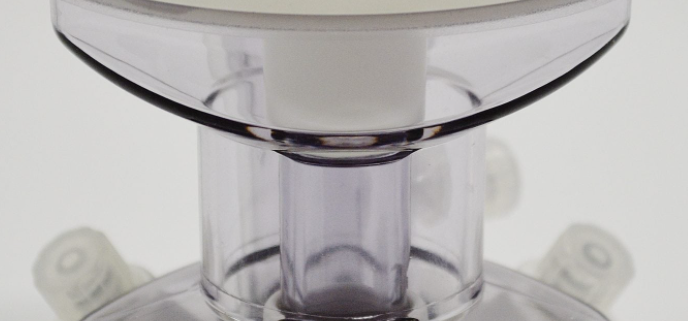Platelet Rich Plasma Therapy (PRP) and Tennis Elbow
During the past several years, much has been written about a preparation called platelet-rich plasma (PRP) and its potential effectiveness in the treatment of injuries.
What Is Platelet-rich Plasma (PRP)?
Whole blood, such as that obtained through a standard blood draw, contains many components. Platelets are one of these components and are primarily known for their importance in clotting blood. However, platelets also contain high concentrations of growth factors which are important in the healing process. Imagine sustaining a cut on your finger. As this bleeds the platelets are utilized to clot the blood and stop the bleeding. Once they have stopped the bleeding at the site of injury, they also contain high concentrations of growth factors which are then utilized in the healing process.
To develop a PRP preparation, blood must first be drawn from a patient. The platelets are separated from other blood cells and their concentration is increased during a process called centrifugation. The platelets and their healing growth factors are then injected at the affected site. Studies have shown that the increased concentration of growth factors in PRP can potentially speed up the healing process.
Tennis elbow and how are we using PRP?
PRP in a newer technique and research is still being conducted on which conditions it is useful. Is some studies the injection of PRP has not been shown to affect the healing process. However, PRP has been shown to be useful in the treatment of tennis elbow (lateral epicondylitis). Recently, a large study on PRP for tennis elbow was published in the American Journal of Sports Medicine. They found success rates for patients with 24 weeks of follow-up were 83.9% in the PRP group compared with 68.3% in the control group. No significant complications occurred in either group. Given the current state of research, we will primarily be offering PRP in the treatment of tennis elbow.
A typical treatment regimen for tennis elbow would begin with some combination of rest, activity modification, a tennis elbow strap, anti-inflammatory medications, and a home exercise program. If these do not provide any relief further treatment consists of formal physical therapy and possibly a cortisone injection. For patients who have not responded to these treatments and are still seeking further treatment but wish to avoid a potential surgery, PRP may be an excellent option. Patients should note that many insurance companies consider PRP to be an experimental or investigatory treatment and do not cover PRP therapy.

